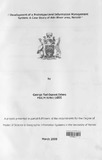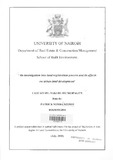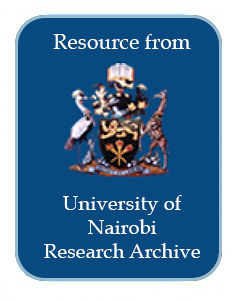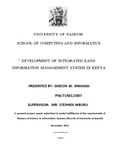Development of a Prototype Land Information Management System
This study addresses certain aspects of data modeling with respect to Geographic
information systems (GIS). The primary objective of this project is an attempt to
develop an automated Land Information Management System (LIMS). In Kenya today,
land information is held mostly in paper form, managed manually and even the paper
records themselves are not optimally organized. The process of retrieving and
disseminating this information is inefficient, time consuming and cannot support timely
decision making.







